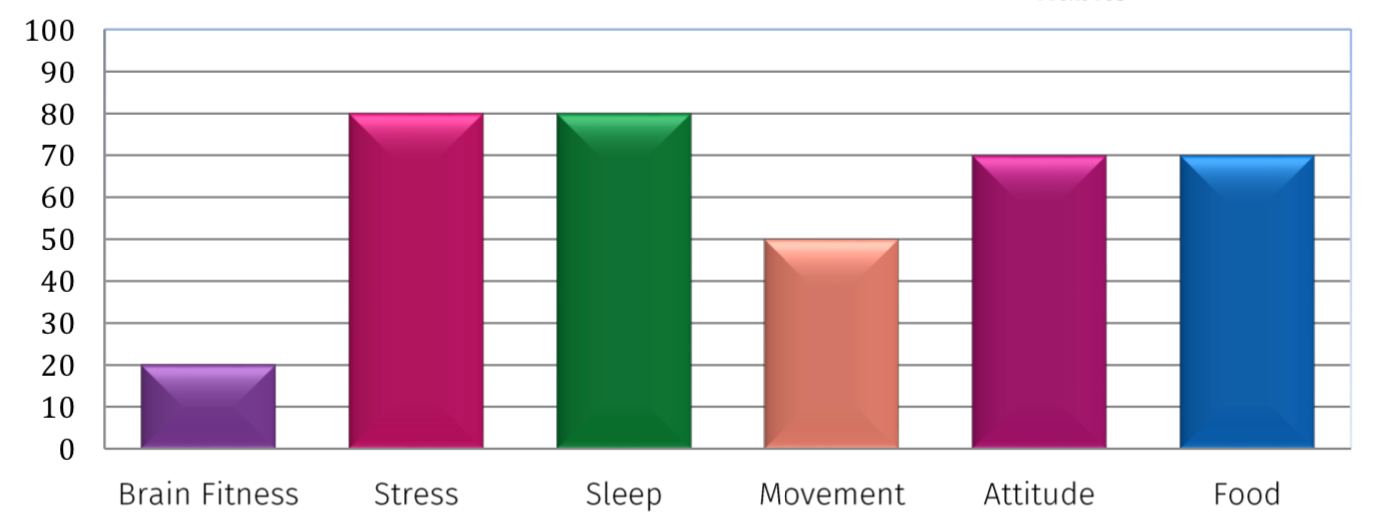What can we learn about leadership from Game of Thrones?

As the Game of Thrones enthusiasm hits its peak this week, it seems appropriate to reference Khaleesi, Mother of Dragons, as an example of leadership, in particular agile leadership. The character is a prime exemplar of how a leader must adapt and learn to gain followers and trust. Daenerys is first sold to a foreign and crude leader to become his wife, once she adapts to her new life and learns about the language and the culture of her new people, everyone respects and admires her as their queen Khaleesi. When her husband passes away, most of the people find a new leader and abandon her in the desert, so she has to find her own way and convince the remaining individuals to follow her. Again, it’s her ability to adapt to the circumstances that allows her to survive and gain the trust of those who follow her. As the character develops, Daenerys becomes more self-aware and confident, creating her own leadership style: liberating the slaves and giving them the choice to join her or remain in their slavery. It’s not only her dragons that influence her credibility and charm, it is her leadership style that we can learn from, outside the fictional world. Fiction is about exploring choices and possibility without real consequences and the Game of Thrones world is filled of both positive and negative examples of different ways to lead and rule people. What makes the Mother of Dragon’s leadership agile? According to a Forbes article, agile development and leadership management style requires leaders to be flexible, adaptable and fast in their decision making. When you think of someone who is agile, you imagine a very focussed individual who knows how to move around obstacles, even when the challenges are arduous. They are very aware of their movements, the obstacles and of how the environment is affected by their presence. The same concept can be applied to leaders, they have a clear intention and know the resources available to tackle the challenges in front of them. In the Forbes article, there are 13 definitions of agile leadership. Each one brings out a different aspect, however, individually, these are not sufficient to capture the complexity of an agile leader. We need a more comprehensive framework to apprehend it in its entirety. The concept of “neuro-agility” can describe these different facets in a holistic way, because it combines them into one. One of the definitions is “being present to gain insight” (Alan Trivedi, MBA PCC, Trivedi Coaching and Consulting Group). This definition is very interesting because it suggests that leaders need to be aware, both in terms of recognising what is around them and in terms of self-awareness. We could argue that this was true for Daenerys: she became a leader as she grew increasingly more confident and conscious of her presence and influence. “Present” comes from the Latin “prae” + ”esse”, which means “being before”, “being in front of”: you have to stand on front of reality and in front of yourself to gain insight. This awareness enables a leader to be really clear on the priorities and to be open and honest with the team, which significantly improves productivity and satisfaction. When do you feel the most present? My guess is when you are relaxed and attentive, focused and balanced, when you feel comfortable in yourself and at ease with others. These conditions are met when you are taking care of your wellbeing, which includes eating a nutritious and varied diet, exercising regularly and moving throughout the day, managing stress, maintaining a positive attitude, having sufficient and good quality sleep, and keeping your brain fit and active.  Brain fitness, stress management, sleep, movement, attitude and nutrition are six drivers that impact brain performance. Neuro-agility accounts for these drivers to understand how you can best boost your brain power. By analysing your habits and measuring your wellbeing, you realise what improvements you can make – whether it’s exercising more, reducing your sugar intake or practicing mindfulness. If you would like to read more on how wellbeing makes you successful, click here. If you are looking to create a culture of mindfulness, you will find it useful to read this. Neuro-agility is about being ready to process and react to a variety of stimuli from the external environment. The six performance drivers are not the only factors to impact how efficiently we process information. In fact, it also depends on learning in a way that suits our unique neurological design. Learning and agility go hand in hand, because the more agile you become in learning, the faster you will acquire new skills. Once you know the best strategies that suit your learning style, you will be able to reinforce behaviours, attitudes and knowledge more effectively, which will subsequently increase your agility to learn and adapt. You can find more information on this webinar: watch
Brain fitness, stress management, sleep, movement, attitude and nutrition are six drivers that impact brain performance. Neuro-agility accounts for these drivers to understand how you can best boost your brain power. By analysing your habits and measuring your wellbeing, you realise what improvements you can make – whether it’s exercising more, reducing your sugar intake or practicing mindfulness. If you would like to read more on how wellbeing makes you successful, click here. If you are looking to create a culture of mindfulness, you will find it useful to read this. Neuro-agility is about being ready to process and react to a variety of stimuli from the external environment. The six performance drivers are not the only factors to impact how efficiently we process information. In fact, it also depends on learning in a way that suits our unique neurological design. Learning and agility go hand in hand, because the more agile you become in learning, the faster you will acquire new skills. Once you know the best strategies that suit your learning style, you will be able to reinforce behaviours, attitudes and knowledge more effectively, which will subsequently increase your agility to learn and adapt. You can find more information on this webinar: watch  Another definition of leadership agility given on the Forbes article by Christine Allen (PhD, Insights Business Works) is “continuously learning and embodying a growth mindset”. Particularly in an everchanging and uncertain environment, being able to adapt is an invaluable skill and an essential one to remain relevant in the business world. Adopting a growth mindset, where you believe in your ability to improve your skills, will make your learning a lot more effective. To learn more about “growth mindset”, watch this video by Carol Dweck, the professor who first introduced this concept in learning and education. I doubt that, in the fictional world, the Khaleesi knew about Dweck’s work, however, it can be said that she was ready to learn new skills and new ways of thinking. Daenerys learnt how to speak Dothraki, how to fit in in different cultures, how to delegate and how to be counselled. Without those skills and her mindset for learning, she wouldn’t have being able to win the hearts and minds of her people. There are many ways to describe an agile leader, we focussed on two: being present and self-aware, and keeping an open mind for learning opportunities. A leader who knows their strengths and weaknesses, knows the learning gaps that need filling. These characteristics are vital to thrive in today’s fast changing business environment, where we are overloaded with information and technology is advancing faster than ever. Agility in leadership has never been as relevant as it is today.
Another definition of leadership agility given on the Forbes article by Christine Allen (PhD, Insights Business Works) is “continuously learning and embodying a growth mindset”. Particularly in an everchanging and uncertain environment, being able to adapt is an invaluable skill and an essential one to remain relevant in the business world. Adopting a growth mindset, where you believe in your ability to improve your skills, will make your learning a lot more effective. To learn more about “growth mindset”, watch this video by Carol Dweck, the professor who first introduced this concept in learning and education. I doubt that, in the fictional world, the Khaleesi knew about Dweck’s work, however, it can be said that she was ready to learn new skills and new ways of thinking. Daenerys learnt how to speak Dothraki, how to fit in in different cultures, how to delegate and how to be counselled. Without those skills and her mindset for learning, she wouldn’t have being able to win the hearts and minds of her people. There are many ways to describe an agile leader, we focussed on two: being present and self-aware, and keeping an open mind for learning opportunities. A leader who knows their strengths and weaknesses, knows the learning gaps that need filling. These characteristics are vital to thrive in today’s fast changing business environment, where we are overloaded with information and technology is advancing faster than ever. Agility in leadership has never been as relevant as it is today.



